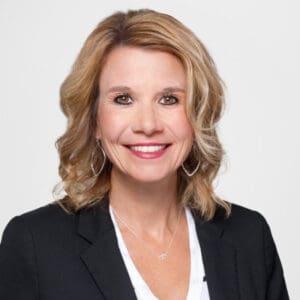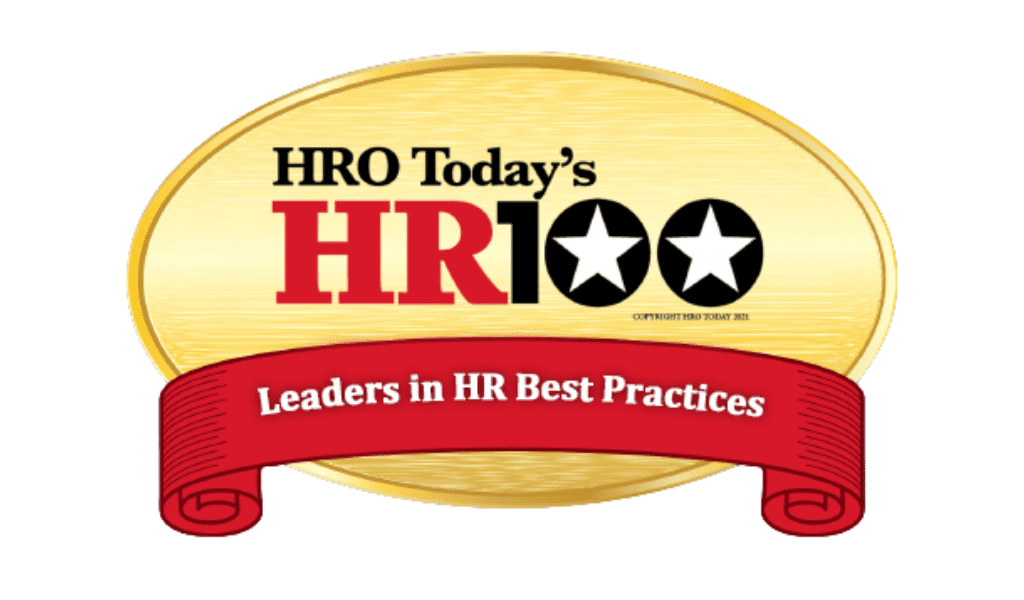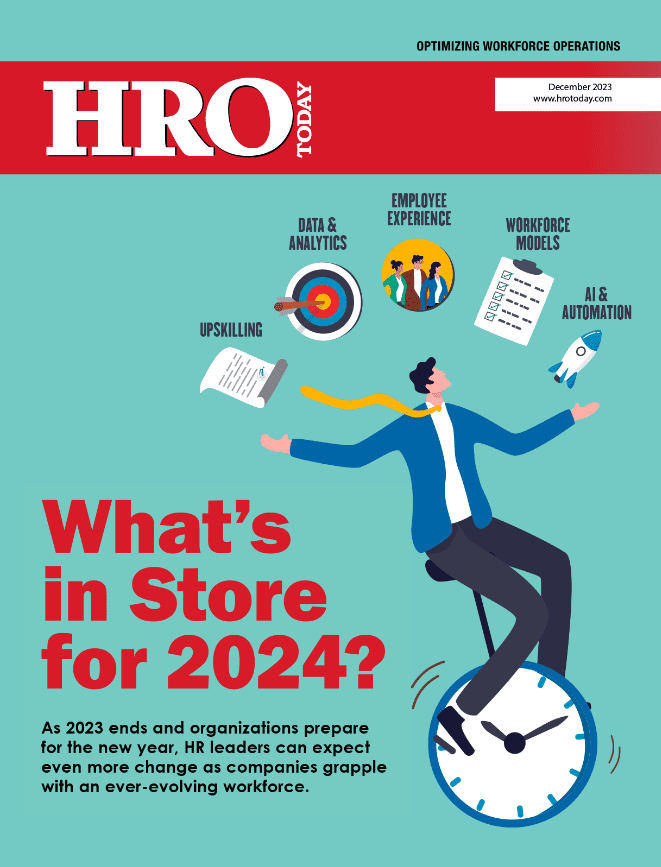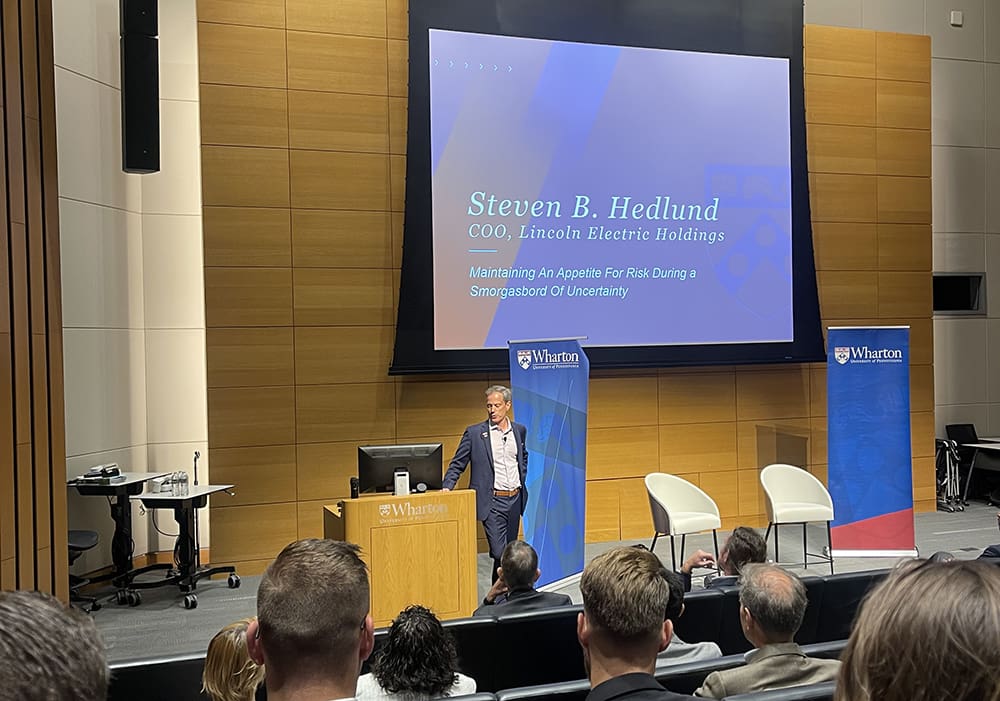From supporting employees to investing in development, two experts from the C-TEN offer several ideas to navigate the tricky talent landscape.
By Debbie Bolla
The numbers don’t paint a pretty picture. McKinsey & Company finds that 90% of organizations say they will have a meaningful skills gap in the coming years and Korn Ferry reports that by 2030, the global talent shortage could reach 85 million people. The talent challenges are real—but forward-thinking HR leaders are getting ahead of the curve by implementing strategies shared here. Steve Antonoff and Lisa Sterling, two members of HRO Today’s CHRO Today Executive Network (C-TEN), a networking and professional development society for top HR leaders, discuss the obstacles they face at their organizations and how they are working with their teams and leadership to overcome them.
About our Experts:
 Steve Antonoff is vice president of human resources for CalPortland Company, a building materials company producing cement and construction material products. He is also chair of the C-TEN.
Steve Antonoff is vice president of human resources for CalPortland Company, a building materials company producing cement and construction material products. He is also chair of the C-TEN.
 Lisa Sterling is chief people officer of Perceptyx, an employee surveys and people analytics platform.
Lisa Sterling is chief people officer of Perceptyx, an employee surveys and people analytics platform.
What are your organization’s most pressing talent issues?
Antonoff: First and foremost are drivers with CDLs. The nationwide shortage continues to grow while at the same time fewer folks are going for their CDLs. Second are skilled electricians and mechanics. Again, fewer young people are pursing these professions. And finally, IT hiring has become challenging due to the limited number of H1B visas available. Unfortunately, we have lost multiple folks due to an inability to get an H1B.
Sterling: Like most organizations, we are facing talent issues across our organization. Our biggest opportunity is to ensure we have the right leaders in place and that they are equipped to effectively lead our people. Leadership development is one of our main focuses for the remainder of 2023 and 2024. We must ensure our leaders have the knowledge, skills, and capabilities to motivate, inspire, and engage our people. We must give them the proper education and exposure so they can gain the experiences necessary to lead successfully. To do this, we have implemented our “Career Pathways” experience which focuses on multiple aspects of leadership development. We are also launching a “Top Talent” program in 2024 that will focus on our high potential current and future leaders. We are also focused on ensuring all our people see pathways for their own growth and development so “Career Pathways” isn’t just for leaders; it to ensure the development and advancement of all our people, regardless of role.
Sixty-six percent of executives say uncertainty about the economy, labor costs, and inflation will impact hiring. Do you agree and how are you facing these challenges?
Sterling: We have the same concerns and are seeing the impacts of these uncertainties in some areas already. Organizations are hedging their bets right now and slowing down or halting their hiring all together. While I understand the concerns and agree, we must be thoughtful about how and where we invest our dollars and we also must consider the impacts of our decisions on our people. Over the past few quarters, our people have seen reductions in force, re-organizations, and slowing of hiring. While necessary for the success of the company, we must acknowledge that our people are working harder than before. They are doing more with less and that is having a direct impact on their well-being. We must balance our investments appropriately and can’t stop investing in our people and their employee experience. Yes, we have to pivot and scrutinize more than ever but simply eliminating our investment in the things people deserve and expect is not the answer. We have to create flexible and fluid environments regardless of our hiring practices. At Perceptyx, we are continuously evaluating the skills, capabilities, and strengths of our people and how those align with our roles. We have implemented a new “Career Compass” experience that has helped us get clearer on the framework and architecture of our roles and what it takes to be successful. Additionally, we have reinvested our time on internal mobility and mentoring. These priorities enable us to move talent more fluidly through the organization when we are not hiring at the rate we were previously.
Antonoff: In our industry (construction), we have not experienced much of a slowdown. While new housing starts have slowed, infrastructure and commercial building has picked up. If the Federal government shuts down, however, that will adversely affect us and we will freeze hiring.
What strategies are you leveraging that are making a big impact and why?
Antonoff: We struggle with employee mobility, but we are starting to see employees more willing to move again than they were the past few years. We have hired an employee development manager to help us focus on employee engagement and retention, so that process is now underway.
Sterling: We have been focused on people analytics across the business. Understanding why people join us, stay with us, and leave us is critical to our future success. We have shifted our focus from HR metrics to business metrics and are demonstrating how the decisions we make and the things we do have a direct impact on our business performance. Additionally, we are leveraging technology in new ways to enable our people and leaders to spend more time on high-touch, high-impact work than tactical and transactional. We are embracing GenAI to help us move more quickly when building programs, communicating with our people, and enhancing our employment brand. We also putting a large emphasis on internal advancement and mobility.














